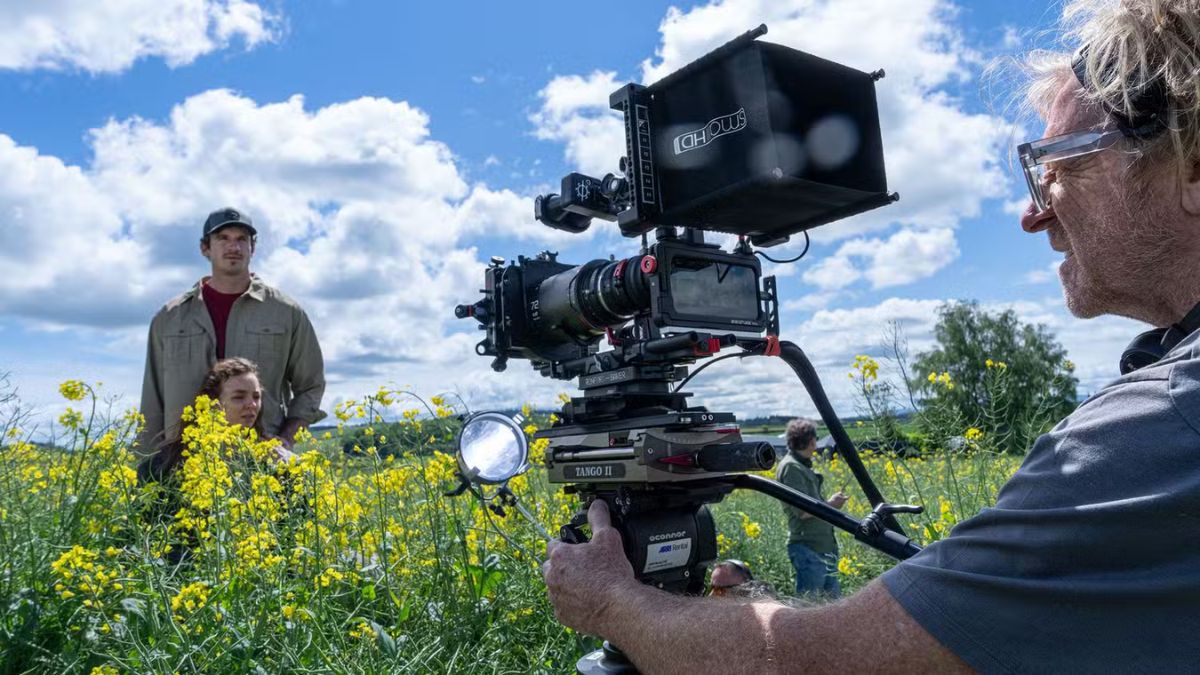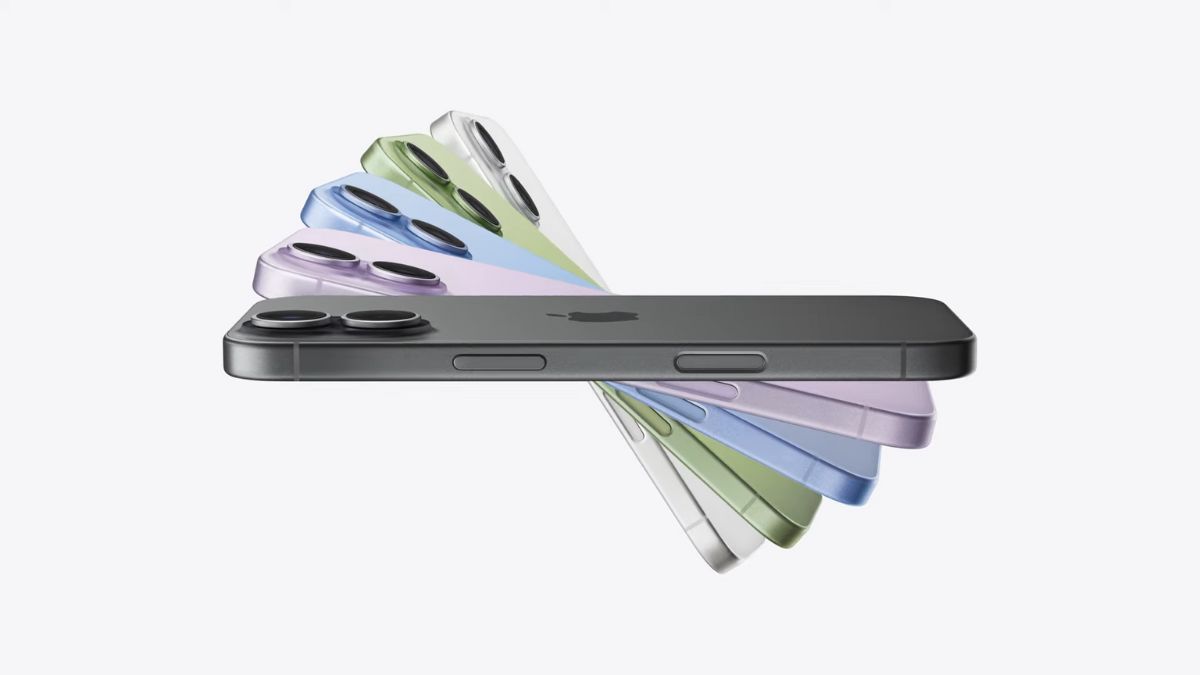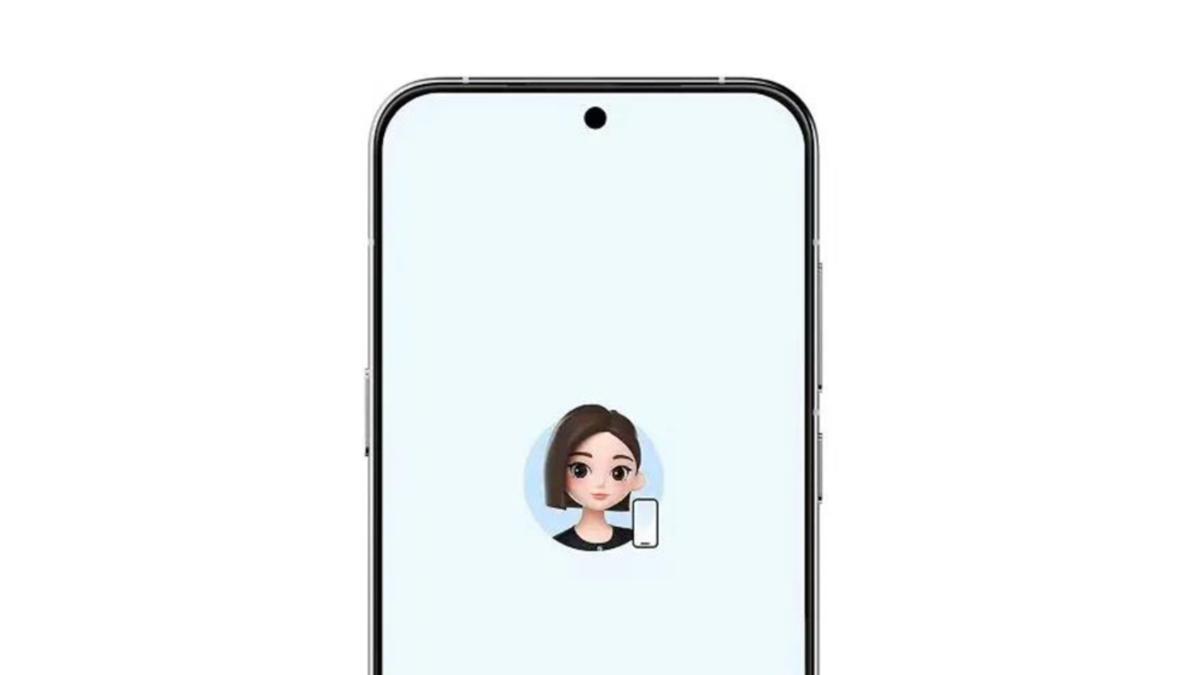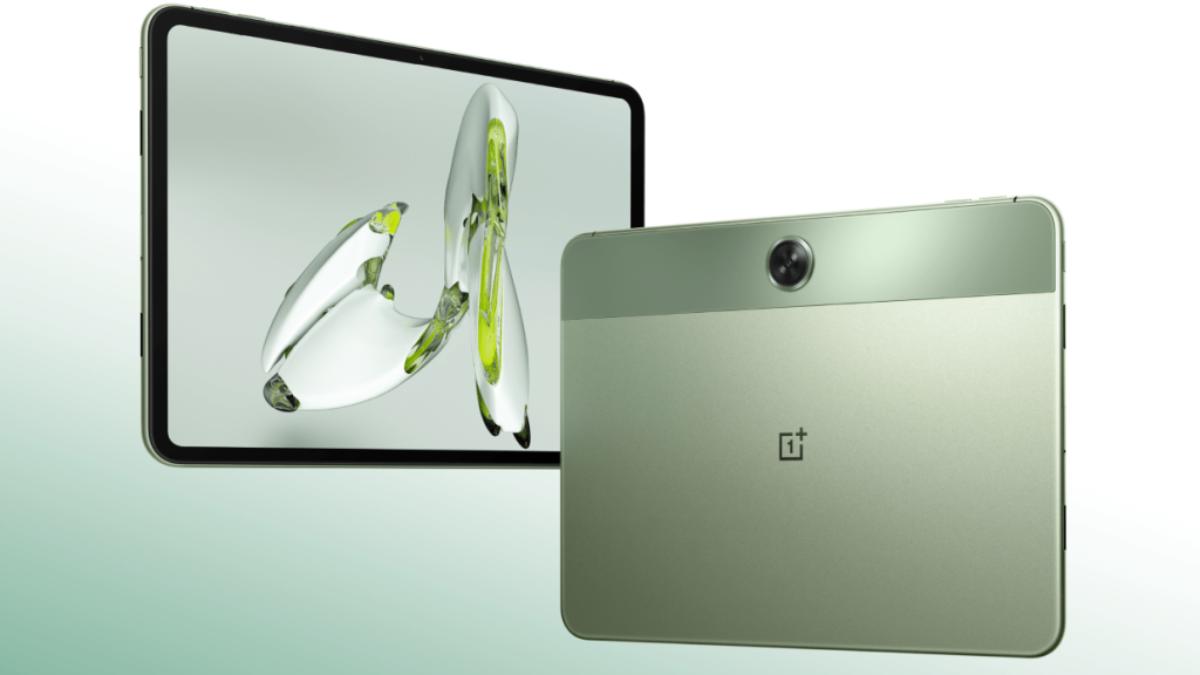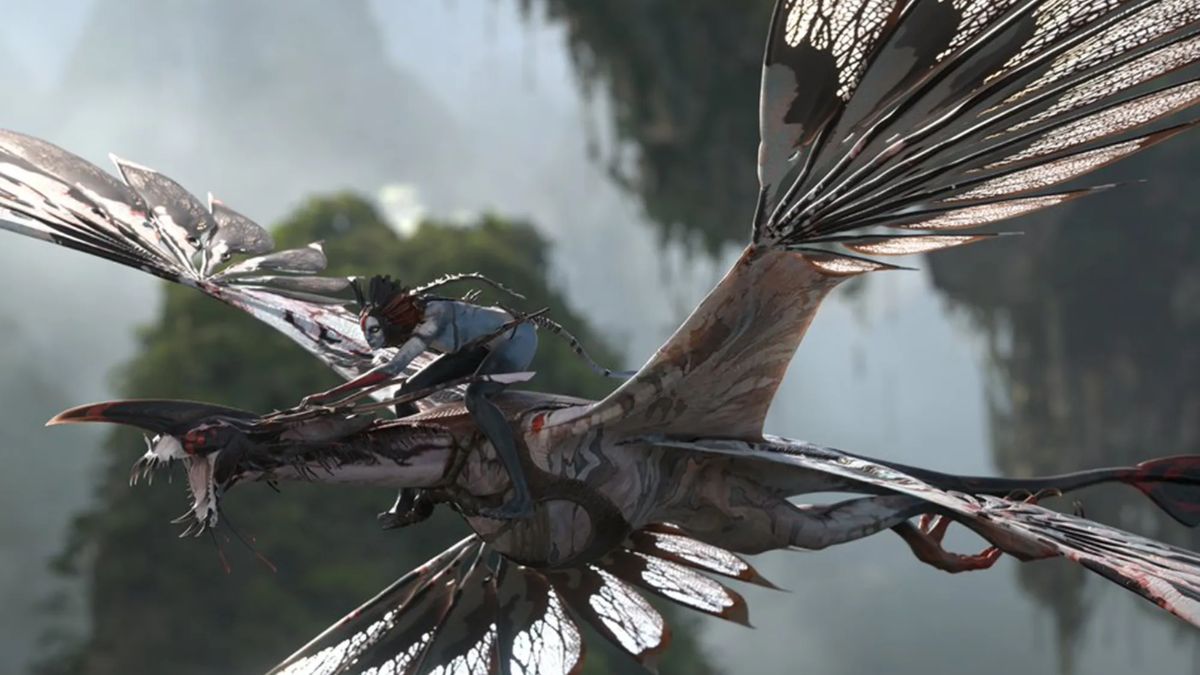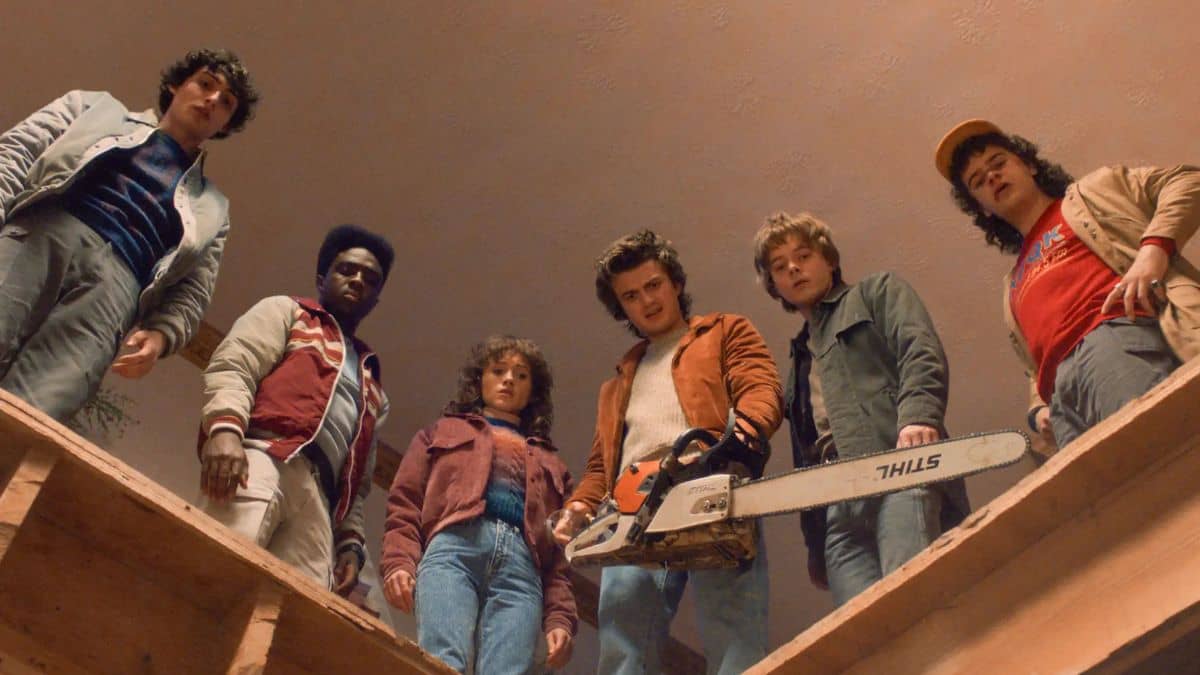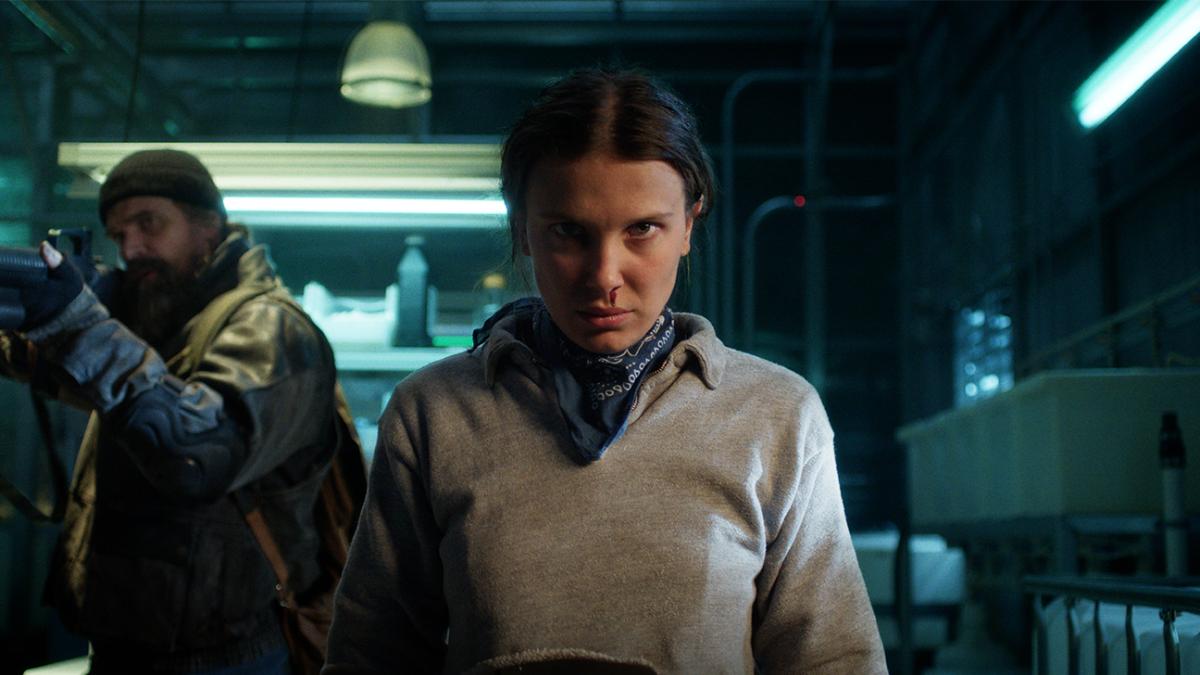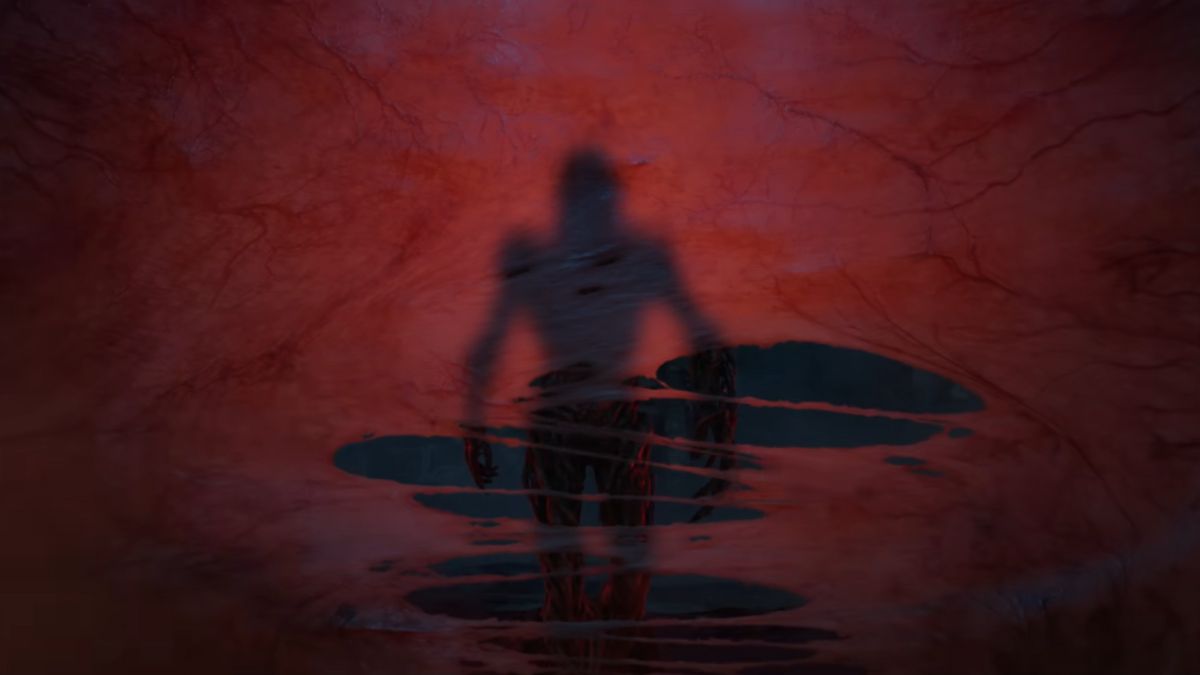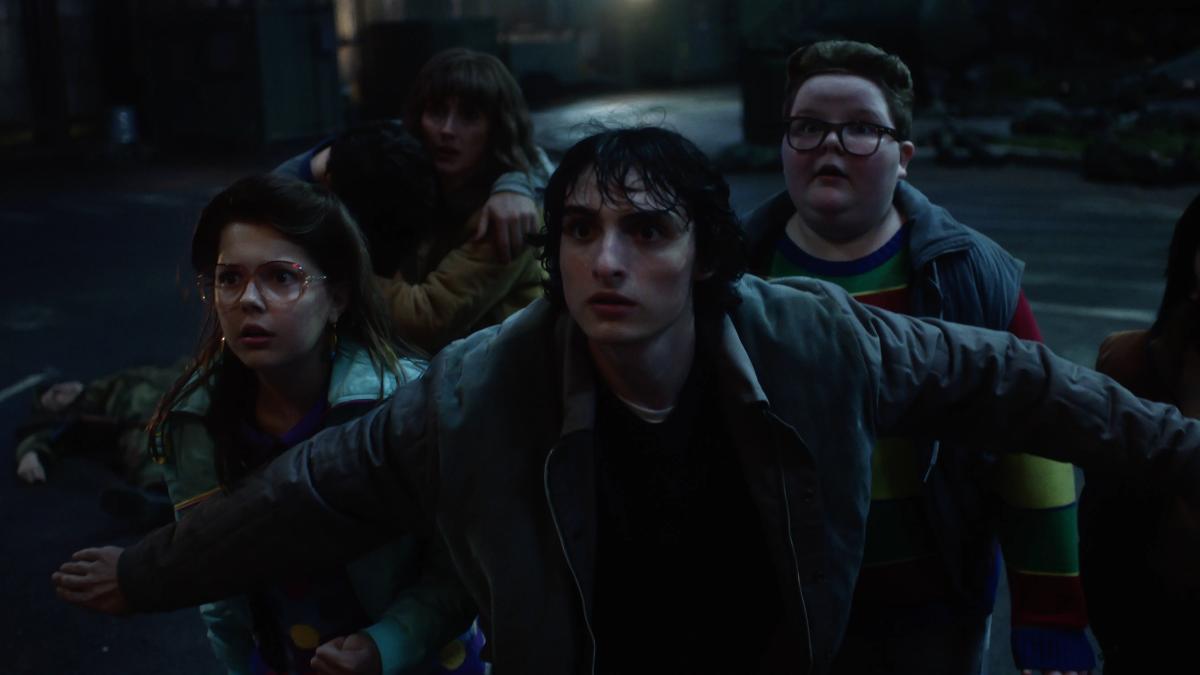Danny Boyle is changing the horror game again. 28 Years Later, the long-awaited sequel to 28 Days Later, brings a fresh visual style to the screen — and it’s thanks in part to iPhones.
The director revealed that parts of the film were shot using iPhones, calling them today’s version of the camcorders used in the 2002 original. “You could ignore it, but we decided to carry it as an influence,” Boyle told IGN.
To push the style even further, the team sometimes used as many as 20 iPhones at once, mounted on special rigs. Boyle had three different rigs — for 8, 10, and 20 cameras — to capture multiple angles during intense scenes.

One sequence in the second half of the film, shot with all 20 iPhones, stands out. “You’ll know it when you see it,” Boyle teased. “It’s quite graphic but it kicks you into a new world.”
This multi-camera technique allowed for 180-degree views of the action, giving editors the power to jump between angles, time-slice scenes, and create a more immersive and chaotic experience — perfect for horror.
The Rage Returns — With Familiar Faces
28 Years Later reunites the original team from 28 Days Later: director Danny Boyle, writer Alex Garland, and cinematographer Anthony Dod Mantle. While the 2007 sequel 28 Weeks Later had a different creative team, this third installment brings back the vision that started it all.
The film picks up 28 years after the deadly Rage Virus outbreak. Survivors now live on a small island, connected to the mainland by one heavily guarded causeway. The story follows a father and son who venture back into the decimated mainland and uncover shocking secrets.
The cast includes Jodie Comer, Aaron Taylor-Johnson, Jack O’Connell, and Ralph Fiennes. Cillian Murphy, star of the original, returns as an executive producer.
28 Years Later premieres in theaters June 20, 2025. It was filmed back-to-back with a sequel titled 28 Years Later: The Bone Temple, directed by Nia DaCosta and set to release in 2026.
This return to the 28 Days Later universe not only continues the story — it reinvents how it’s told.

